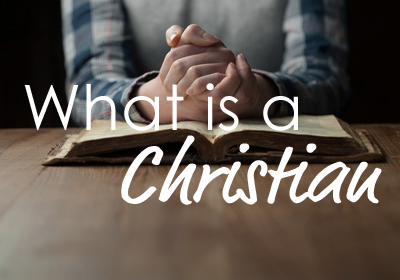Last week we kicked off our Term 4 sermon series on Rev 17-22. Where Rev 6-16 outlines the judgments God is currently pouring out on our sinful world, Rev 17 begins a new section that discloses what will happen once those judgments are complete.
It begins with a vision of a woman sitting on a beast. The woman is described as being clothed in purple, the colour of royalty, covered in gold and jewels, and holding a cup filled with adultery. This ‘mother of prostitutes’ is named ‘Babylon’ and is very alluring, offering sex, money and power.
Like most things in Revelation (cf. Rev 1:20), this woman is symbolic. The final verse of the chapter tells us she is what lies beneath the non-Christian world. She is the one who temps ‘peoples, multitudes, nations and languages’ (v. 15) to pursue the ‘filth of her adulteries’. In a word, Babylon is our world, our nation, our city and our suburb. She represents the things our culture tells us is important and will bring satisfaction in life.
The 7-headed beast she rides on is ‘the beast from the sea’ in Rev 13, who is identified as The Antichrist. This second person of the false (or ‘dark’) trinity offers our world a sweet ride on it’s back, where it can enjoy the opulent luxuries it pursues. Yet what our world doesn’t realise is that Satan and his minions hate God’s world, and will turn on it and ‘leave her naked, eat her flesh and burn her with fire’ (v. 16).
So why does God give us this apocalypse (lit. revelation)? It is to comfort the afflicted and afflict the comforted. Knowing this world will one day pass away brings enormous comfort to those who are suffering oppression by it. Yet it also afflicts those whose fingers need loosening from the things of this world. ‘He is no fool who gives up that which he cannot keep, to get that which he cannot lose’.






